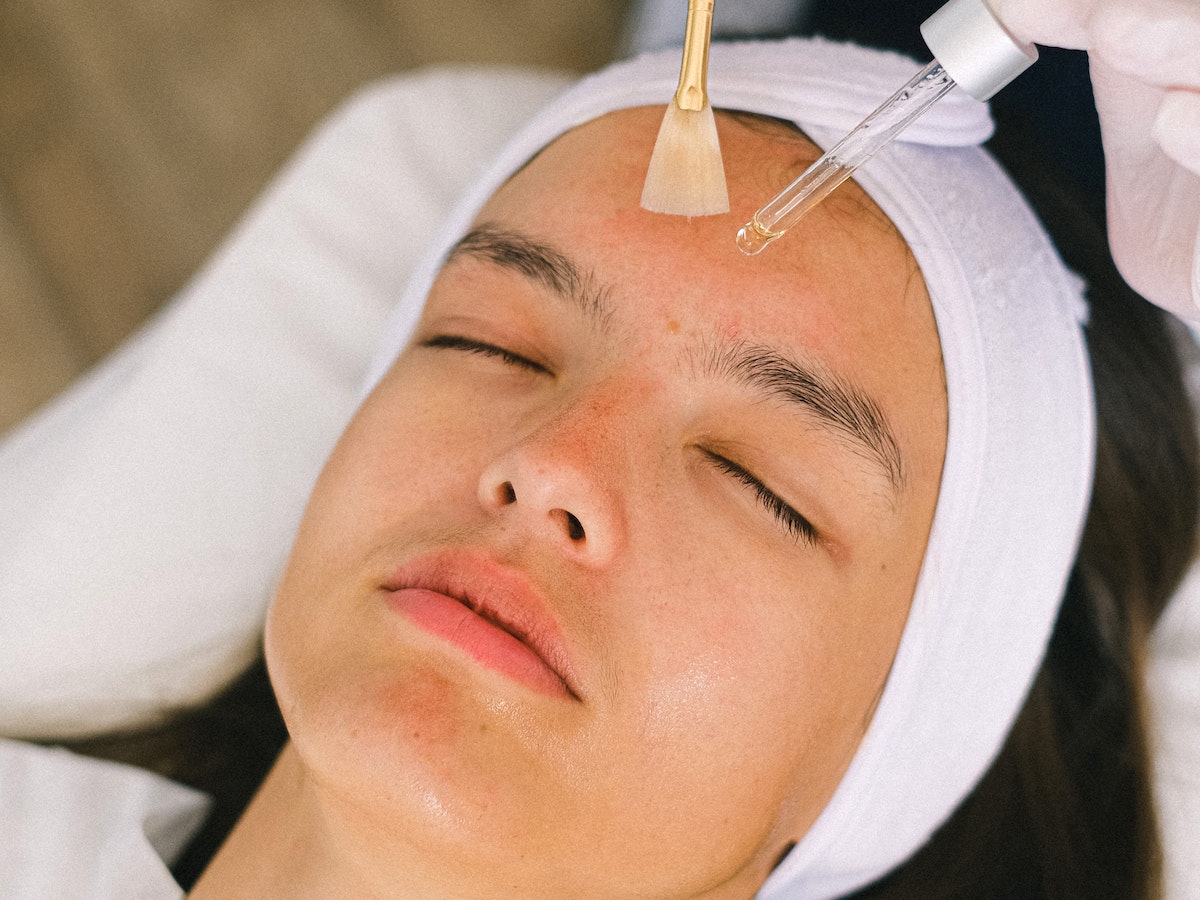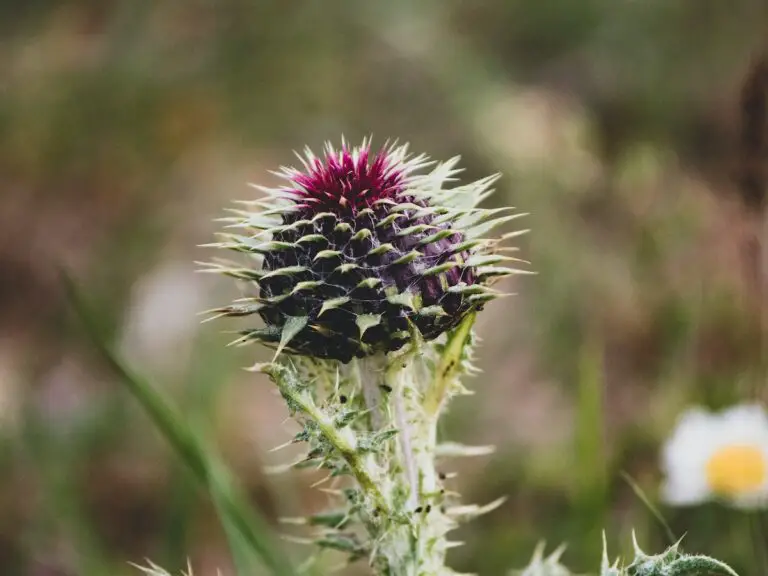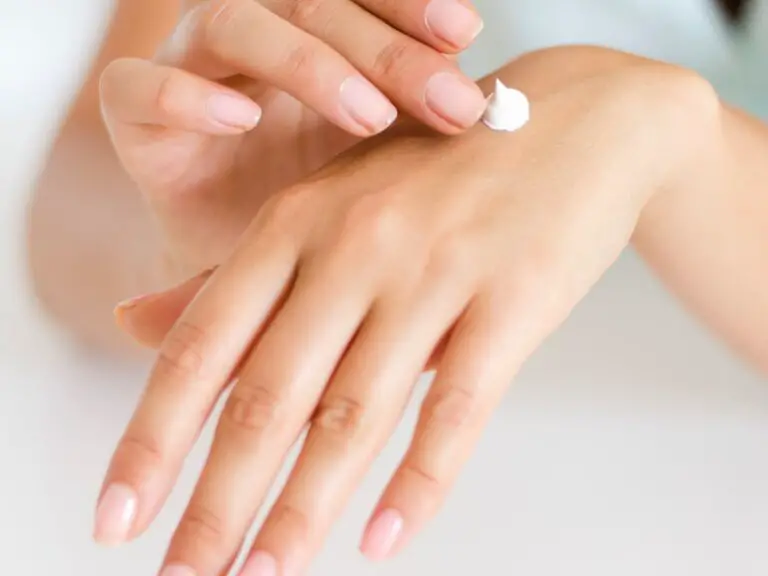How to Treat Skin Burns from Oregano Oil (The Ultimate Guide)
Medically Reviewed by;
Dr. Kashif
General Physician
Senior Medical Writer
If you like natural treatments but don’t know how to treat burns from oregano oil, this article can help. Stop looking!
In this ultimate guide, we’ll learn all about oregano oil and its amazing healing qualities. Oregano oil is known for being good for your health but can also burn your skin if you don’t use it right. But don’t worry because we’ll give you expert tips on how to treat and heal burns caused by oregano oil. We can help you with everything from first aid to long-term care. Find out how effective natural treatments can be and how to use oregano oil to heal while keeping your skin safe.
So, if you’re ready to start a trip toward healthier, happier skin, let’s get started!
Table of Contents
Understanding the Properties of Oregano Oil
Oregano oil, made from the leaves, is a strong natural remedy. It protects cells and kills germs and fungi. Carvacrol and thymol in oregano oil make it therapeutic. Oregano oil can treat burns and other skin issues. Know how to use it and its risks to avoid skin burns.
Oregano oil is powerful, so dilute it before usage. Pure oregano oil burns and irritates the skin. Use a carrier oil, such as coconut or olive oil, and mix with a few drops of oregano oil before applying it to the face. Oregano oil heals while reducing the risk of skin burns. Oregano oil goes a long way, so start with a little and add more as needed.
Oregano oil heals but has a strong fragrance and can irritate the skin. Before administering oregano oil to a larger area, conduct a patch test. Apply a tiny quantity of oil mixed with water to a small skin area and wait 24 hours.
Stop using oregano oil if it causes skin irritation. After learning about oregano oil and its workings, let’s examine why it burns the skin.
Causes of Skin Burn from Oregano Oil
Oregano oil is usually safe to use when diluted, but if used incorrectly, it can burn the skin. Many things can cause burns from oregano oil, such as:
Concentration: As we’ve already said, oregano oil is very strong, so it should always be reduced before use. If you put pure oregano oil on your skin, it can burn and irritate your skin.
Duration of exposure: If you keep putting oregano oil on your skin for a long time, you might get burned. If you accidentally spill or put on too much oil, wash your skin well to eliminate any extra oil.
Sensitivity: Some people may be more sensitive to how oregano oil makes them feel, making them more likely to get skin burns. Before using oregano oil, you can find out if you are sensitive to it by doing a patch test.
Incorrect storage: Oregano oil should be kept in a cool, dark place to keep its strength. Heat and light can change how the oil is made chemically, making it more likely to cause burns.
If you know what makes oregano oil burns happen, you can take the right steps to avoid them. Accidents can still happen, though. In the next part, we’ll discuss how oregano oil burns look and how bad they are.

Symptoms and Severity of Oregano Oil Burns
Burns from oregano oil can vary in how bad they are, based on how much oil was used, how long the person was exposed to it, and how sensitive they are. Here are the most common signs of oregano oil burns and how bad they are:
Mild burns: Mild burns can make the skin red, irritated, and feel like it’s being stung. The skin may feel warm when you touch it and look puffy. Most of the time, these burns heal in a few days with the right care.
Moderate burns: Burns that aren’t too bad can cause more pain, burning, and swelling. The area may hurt and feel sensitive when touched. These burns might take longer to get better and need more care.
Severe burns: Burns that are very bad from oregano oil can cause deep tissue damage, a lot of pain, and a lot of blisters. The skin might look burned or black. These burns need medical help immediately and may leave scars that last a long time.
It is important to determine how bad the burn is and get the right care. In the next part, we’ll talk about what to do immediately if you get burned by oregano oil.
Immediate Steps to Take After a Skin Burn
Suppose you accidentally get burned by oregano oil. In that case, you need to immediately limit the damage and help your skin heal. Here are the steps that you need to take:
Remove the source of the burn: If there is too much oregano oil on the skin, use a clean cloth or paper to wipe it off gently. Avoid rubbing or cleaning the area because it can worsen the skin.
Cool the burn: Run cool (not cold) water over it for at least 10 minutes. This helps to lessen pain, swelling, and the chance that the skin worsens.
Cleanse the burn: Wash the burn gently with water and gentle soap to get rid of any dirt or debris. Don’t use strong chemicals or scrub the area hard, which can worsen the burn.
Apply a soothing agent: Once the burn is clean and dry, apply a soothing agent like aloe vera juice or a special burn ointment.
Cover the burn: If it is small and not in an easily moved area, you can cover it with a sterile non-stick ointment or a clean cloth to prevent it from worsening. Don’t put a sticky bandage on the burn because it can stick to the skin and hurt more when you take it off.
Doing these things right away can help lessen the damage and help the burn heal faster. But it’s important to remember that these steps are for burns that aren’t too bad. Serious burns need medical help right away. In the next part, we’ll talk about natural ways to treat burns caused by oregano oil.
Natural Remedies for Soothing Oregano Oil Burns
Several natural treatments for oregano oil burns are listed below that can help alleviate discomfort, reduce inflammation, and accelerate the healing process. You can try these natural remedies:
Aloe vera: Aloe vera juice is known for its ability to calm and heal. Apply a lot of pure aloe vera gel straight to the burn and let it soak in. Do this several times daily to help heal the wound and ease the pain.
Coconut oil: This is a great choice for healing burns because it contains antioxidants and kills germs. Apply a thin layer of coconut oil to the injury, then cover it with a clean dressing or bandage. Apply it again as needed to keep the area moist and safe. Do you want to read more about coconut oil? click here.
Calendula oil: Made from marigold flowers, calendula oil helps reduce inflammation and heal wounds. Just put a few drops of calendula oil on the burn and massage it in slowly. This should be done twice or thrice daily for the best results.
Honey: Because it kills germs and heals wounds, honey has been used to treat burns for hundreds of years. Put a thin layer of pure, raw honey on the burn and cover it with a clean cloth or dressing. Change the sauce and put honey on it again every few hours for best results.
These natural treatments can help burns from oregano oil feel better and heal faster. But if the burn worsens or doesn’t improve in a few days, it’s important to see a doctor. In the next part, we’ll talk about how to treat oregano oil burns with over-the-counter medicines.

Over-the-Counter Treatments for Oregano Oil Burns
In addition to natural cures, there are a number of over-the-counter treatments that can help soothe and heal oregano oil burns. Here are some things to think about:
Burn creams: Burn creams you can buy over the counter, like those with lidocaine or benzocaine, can help relieve pain temporarily and prevent infection. Follow the directions on the package for the right way to use it.
Hydrogel Dressings: These make a moist environment that helps wounds heal and reduces pain. You can put these dressings on the burn and leave them there for a few days. They can be especially helpful for burns that are bigger or worse.
Silicone gel sheets: They help scars get flatter and softer, so they are a good way to keep scars from getting worse over time. You can wear these sheets on a healing burn for several hours each day.
Non-adhesive dressings: They keep the burn safe and let it breathe simultaneously. You can use medical tape or a bandage wrap to hold these dressings in place.
Observing the directions on over-the-counter medications and consulting a physician if you have any questions is important. In the next part, we’ll discuss ways to avoid getting burned by oregano oil.
Prevention Tips for Avoiding Oregano Oil Burns
When it comes to oregano oil burns, it’s always better to avoid them than to treat them. Here are some things you can do to keep from getting burned by oregano oil:
Dilute properly: Before putting oregano oil on your face, always mix it with carrier oil. Follow the instructions for how much water to add, and start with a small amount to see how sensitive your skin is.
Perform a patch test: Do a patch test before putting oregano oil on a bigger skin area. Apply a small amount of oil mixed with water to a small skin area and wait 24 hours. If you use oregano oil on your skin and it turns red, itches, or hurts, stop.
Store properly: To keep the oil’s effectiveness, keep it in a cool, dark place. Heat and light can change the chemical makeup and make you more likely to get burned.
Educate yourself: Before adding oregano oil to your skincare routine, determine how it should be used and what risks it might pose. Stay aware and listen to what experts say to ensure your use is safe and effective.
By doing these things, you can reduce the chance of getting burned by oregano oil and still benefit from this natural treatment. Accidents can still happen, though. In the next part, we’ll discuss when you should go to the hospital for an oregano oil burn.
When to See a Doctor for Burns from Oregano Oil
Most burns from oregano oil can be managed at home, but sometimes you need to see a doctor. Here are some signs that you need to go to the doctor:
Severe burns: See a doctor if the burn is big, deep, or on a sensitive part of the body. Very bad burns need to be looked at and treated by a doctor.
Signs of infection: The burn may be infected if it gets red, swollen, and full of pus. Other signs of an infection are more pain, a high fever, and a bad smell. Infections need to be treated by a doctor to stop them from getting worse.
Worsening symptoms: If the burn doesn’t get better after a few days or the pain worsens, you should see a doctor. A healthcare professional can thoroughly assess and offer the best treatment methods.
Remember that it is always better to be safe than sorry when it comes to burns. If you aren’t sure how bad the burn is or have any questions, you should talk to a medical worker.
Conclusion
Oregano oil is a strong natural medicine that can help with many health problems. But if it’s not used right, it can burn the skin. If you know how oregano oil works, what causes burns, and what steps to take immediately, you can treat and soothe burns caused by oregano oil. Aloe vera and coconut oil are two natural solutions that can help. There are also over-the-counter treatments that can help. To avoid burns, ensure you mix oregano oil correctly, do patch tests, and store it correctly.
Lastly, if a burn is serious, shows signs of infection, or gets worse over time, you should go to the doctor to get it checked out and treated by a professional. With the right information and care, you can use oregano oil to help heal your skin while keeping it safe and healthy.
FAQs
Oregano oil has the potential to cause skin irritation, especially when used in its undiluted form. Its high concentration of active compounds may be too strong for some individuals, leading to redness, itching, or other forms of skin irritation. It is advisable to dilute oregano oil with carrier oil before applying it to the skin and to perform a patch test on a small area before using it more extensively.
If oregano oil burns the skin, immediately remove the oil by washing the affected area with mild soap and cool water. Apply a soothing agent like aloe vera gel or a cold compress to reduce inflammation and provide relief. If the burn is severe or doesn’t improve, seek medical attention for proper evaluation and treatment.
If you suspect an allergic reaction to oregano oil, watch for symptoms such as itching, redness, swelling, or a rash after using or being exposed to oregano oil. If these symptoms occur, discontinue use, cleanse the area with mild soap and cool water, and seek medical advice for further evaluation and guidance on managing the allergic reaction.
Oil of oregano may cause a burning sensation on the skin due to its high concentration of active compounds, such as carvacrol. These compounds can be irritating to the skin, leading to a burning or stinging sensation. To alleviate the discomfort, it is important to promptly wash off the oil, soothe the affected area with a cooling agent like aloe vera, and seek medical attention if the burn is severe or does not improve.
There is a possibility of oregano oil contributes to antibiotic resistance due to its antimicrobial properties. The active compounds in oregano oil, such as carvacrol and thymol, can potentially impact bacterial populations. It is advisable to use oregano oil judiciously, following recommended guidelines and consulting with healthcare professionals to minimize the risk of antibiotic resistance and ensure the appropriate use of antimicrobial agents.
Disclaimer: This article is for educational purposes only, and does not substitute any medical advice. Always consult a qualified healthcare professional for personalized advice before trying new treatments or medications.

General Physician
Senior Medical Writer






